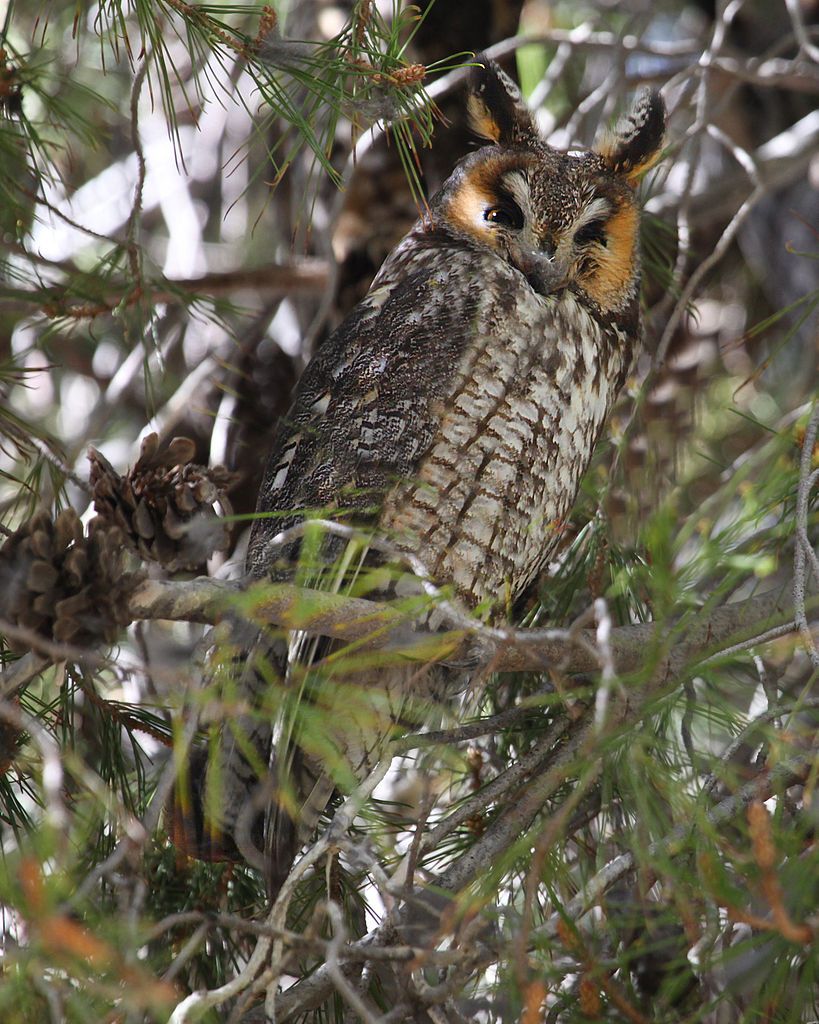
24 January 2021
Native to Eurasia and North America, long-eared owls (Asio otus) are shy and secretive medium-sized birds that hunt open areas and roost in woodland edges and conifer stands.
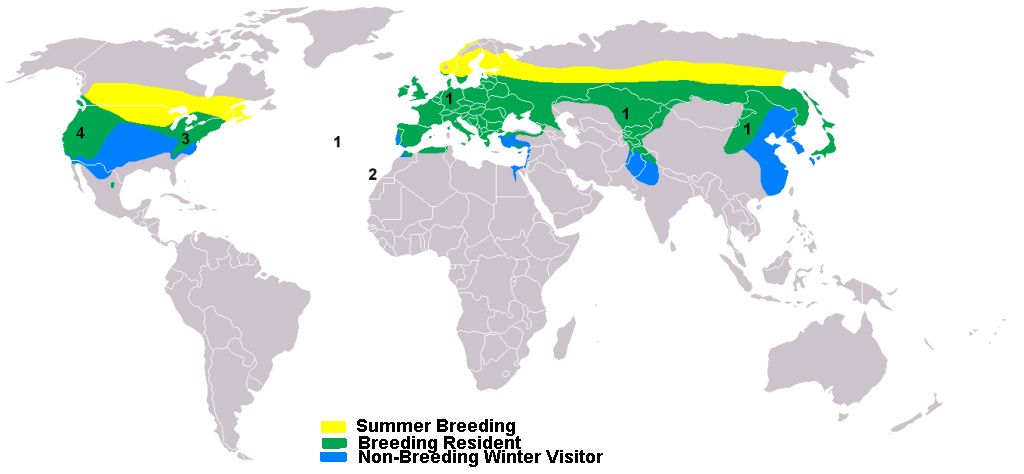
In Pennsylvania they are present year-round and listed as Threatened, but are so elusive that it’s hard to keep track of them. The Game Commission plans to study Pennsylvania’s long-eared owls but needs preliminary data. They are asking birders for help.
The Pennsylvania Game Commission is interested in learning more about long-eared owls in Pennsylvania, who are threatened and extremely vulnerable to disturbance [so] we’re asking birders to share their long-eared owl observations with us.
To protect the location of the birds, we are asking birders NOT to post their observations on eBird or other platforms at this time(*) but instead to send all observations–past or present–to Game Commission Wildlife Biologist, Patti Barber, at patbarber@pa.gov with “LEOW Observations” in the subject line. Include date, location, number of owls and evidence of owls in the area (seen, heard, pellets, feathers, heard etc).
Pictures are welcome, however, please maintain enough distance so as to not disturb the birds. Long-eared owls often abandon roosts when disturbed. Please do not walk on private property without owner’s consent. Thank you, in advance, for your help.
— partially paraphrased: Pennsylvania Game Commission, 19 January 2021 via Instagram
So how do you find a long-eared owl? Find is the hardest part. Long-eared owls are more strictly nocturnal than other owls so you’ll have to find them at the roost where they are masters at hiding in plain sight. Here are a few examples.
Roosting in dense deciduous woods in Minnesota:
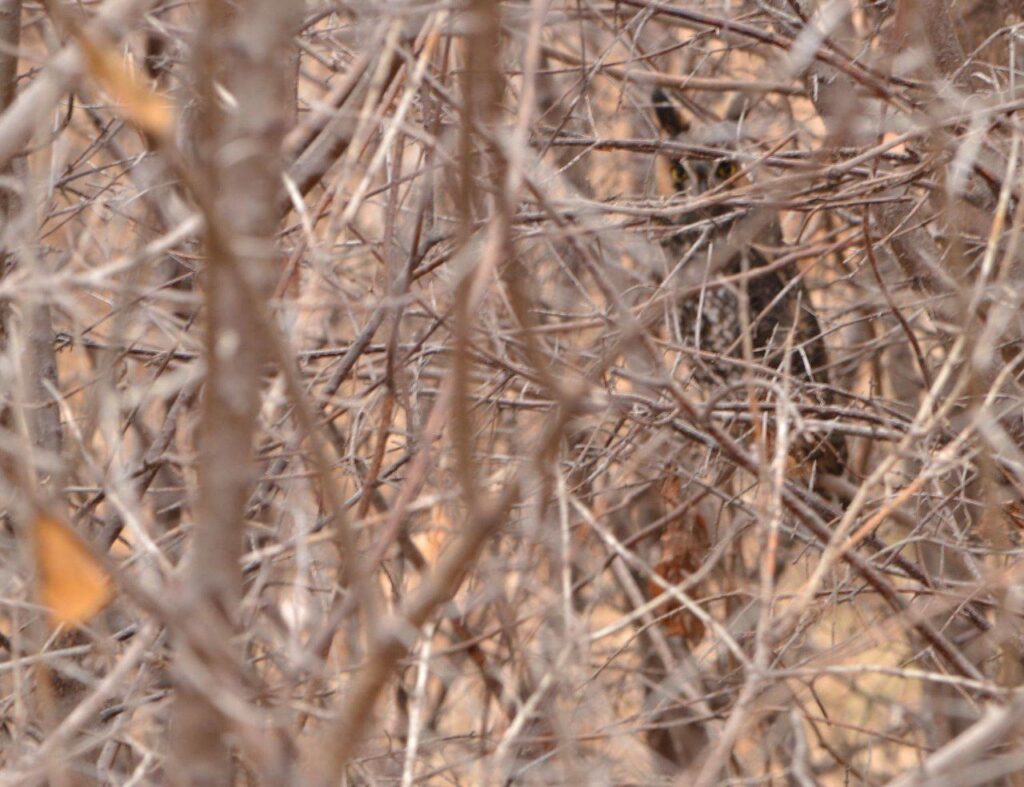
Roosting in a conifer stand in Illinois, 2011. This owl looks like a fat branch with ear tufts.
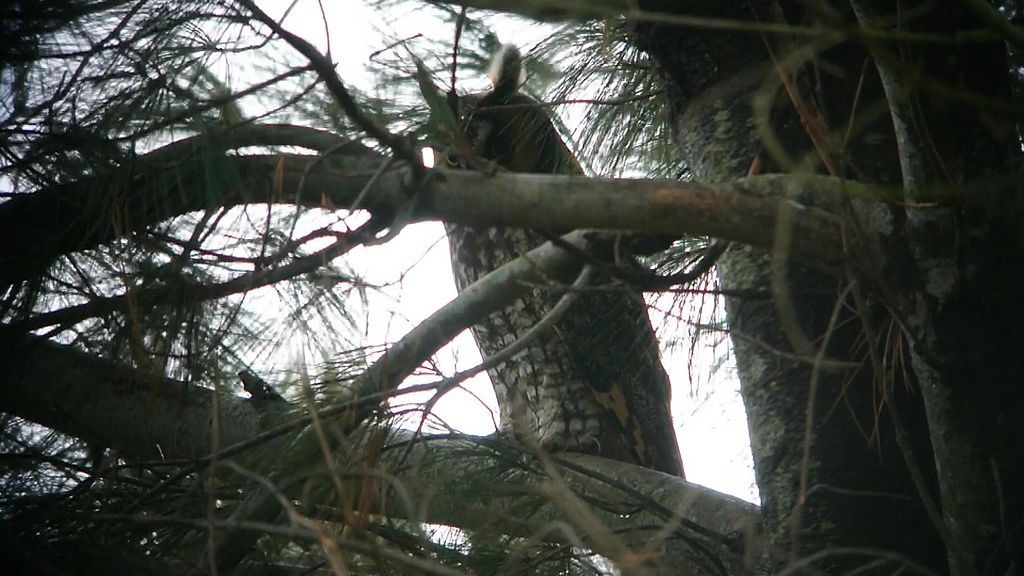
Owl eyeing the photographer but still hidden.
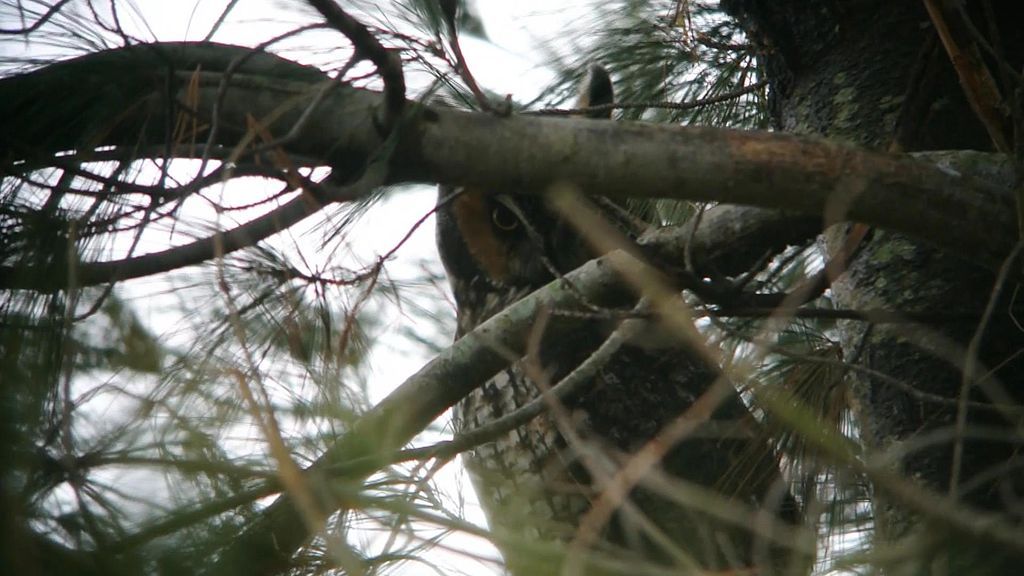
I’ve only seen a long-eared owl three times in my life with each sighting 10 years apart. My last was in Beaver County in 2015 so I’m not due to see another one until 2025. I wonder if my quest will be successful.
(photos and map from Wikimedia Commons; click on the captions to see the originals)
(*) eBird reports: The Game Commission is working with eBird to develop a process to allow these observations to be entered while also protecting these sensitive locations.
There was a post in Next Door yesterday about a dog-walker seeing one on Wilkins between Linden School and Dallas.
Also, did you see that a female peregrine was trapped at the airport and relocated?
Yes I heard about the airport peregrine. I’m waiting to find out more.
I will check back but I may have a long ear owl roosting at night in a small pine tree at night. I’ve noticed movement in the tree the past month at night time. Tonight was the first night I really took binoculars and skimmed the tree extremely hard. I swear I can see the silhouette of an owl and it’s tufts hiding in the pine tree. At first I thought maybe a great horned owl but then I thought to myself there’s no way cause it would be bigger. I live in town where the house are very close together and there isn’t much vegetation for wildlife. My back yard has a row of 10ft pine/small trees. I also recently just moved in here a couple months ago. I do not believe anyone has lived here for a while prior. I think it’s a safe area to nest and also prey on small rodents. I used to see rabbits all the time but I’m not seeing as many before. I also put up bird feeders for smaller song birds through the winter. I’m thinking with a fenced in yard for safety and a steady supply of prey an owl could of found this is perfect area to raise young. I do also know it’s not a screech owl because I rescued one in the past. I live in Vandergrift Pennsylvania. It’s February 21st. I also read this is mating/nesting season. I read Owls will nest a month earlier than it’s neighboring owls if the location has a high prey population and also a mild winter. With all that said I think I have some good indicators I may have a nest or a pair considering my yard for one. I will touch base later this week, I’m going to try to get pictures/videos and look for any nesting/hunting evidence I can find.